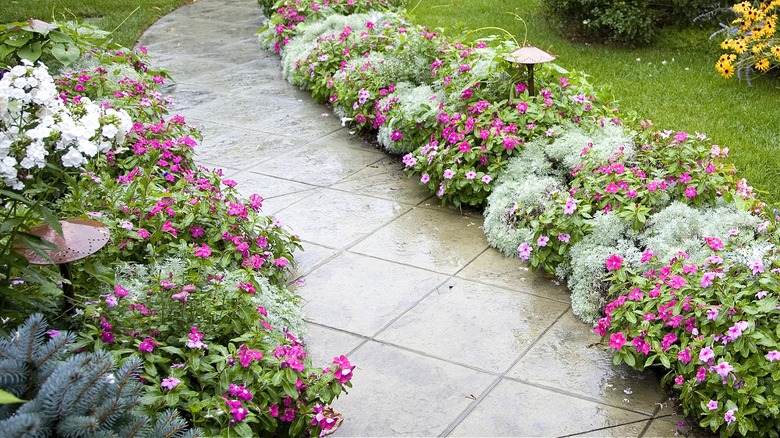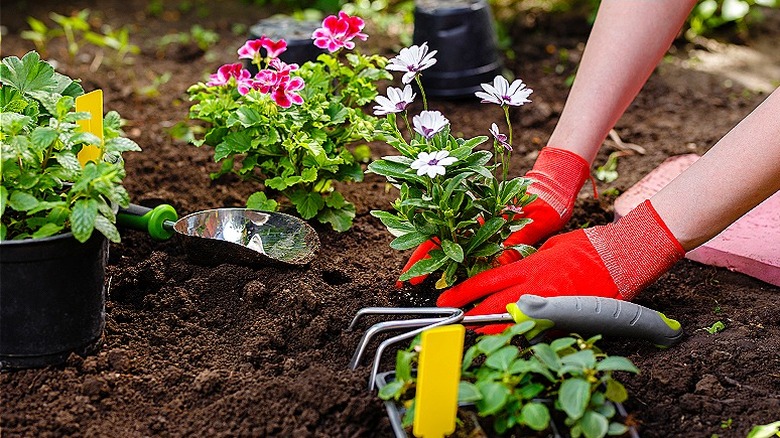How To Get A Lush And Natural Look On Your Landscaping Borders
Landscape borders are a great feature that allows you to bring together the different elements in your garden visually, dictate the garden walkway, and keep different areas of the yard from spilling into each other. They can be used to highlight certain sections, too. However, it can be challenging to landscape your yard on a budget, especially if you're considering incorporating the neat garden design trend. Luckily, you can get a lush and natural-looking landscape border by deliberately replicating a few plant species throughout the edge. This will help the plants flow together and make the border look well-structured and connected.
Worried that placing the same species will turn your border dull? Well, you can avoid that by carefully crafting groupings of plants that can withstand differing climatic conditions with elan and are blessed with wonderful foliage. For instance, if you settle on grouping dahlias and lilies for the edge, pop in a few colorful begonias and golden-yellow Aralia cordata (aka Sun King). The careful repetition of the groupings will bring in a sense of rhyme and rhythm, and the occasional sprinkle of colors will break the monotony of the border.
Create patterns with plant groupings
Repeating plant groupings through your garden border might seem like a wild idea initially, but this strategy has a fairly simple explanation. While it's true we see through the eyes, the brain decodes the light signals transmitted by the retina into clear-cut images (via the National Eye Institute). Since the cerebrum thrives on patterns (per "The Ravenous Brain"), it's necessary to plan your garden border such that a brain can quickly categorize all the information transmitted by the eyes into discernible patterns without getting lost in the wild.
Repeat plant shapes, textures, colors, and height throughout your landscaping border to create patterns the eye can see and the brain can detect. Besides, a deliberately designed border scheme will tie up the varied plants together and look infinitely better than a non-planned version. While designed with intent, the result will look natural, thanks to how the plants work together.
To achieve the desired garden design, you need to look beyond a plant's appearance and select shrubs, perennials, and annuals that can thrive under local climatic conditions. For instance, if you'd like the edge to feature blooming flowers around the year, deck it out with recurrent plantings of spring and summer perennials. Play the flower's differing heights to your advantage, and plant the dwarf ones in the front with the taller flowers bringing up the rear.

